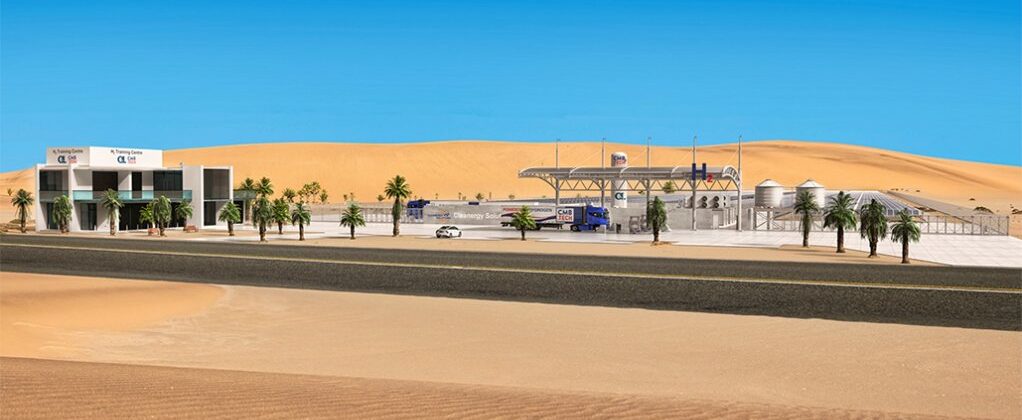by Flextra Engineered Products 0 comment
Green hydrogen needed to decarbonise the world, including Africa
One of the main areas of focus during negotiations between Germany and Namibia to establish green hydrogen production was to create a value chain in Namibia, as the aim is not only the export of green hydrogen to allow Germany and Europe to meet their climate goals, but for Namibia to decarbonise.
Further, the aim is also to help other countries in Africa to meet their climate goals, former German Federal Ministry of Education and Research green hydrogen innovation commissioner and industrial company ThyssenKrupp adviser to the board Dr Stefan Kaufmann said during the recent Hydrogen Africa conference.
“Skills and the workforce are also core components of establishing local value chains. All these components are important because there will be lots of demand for hydrogen use in Africa.
“The opportunity lies in producing hydrogen for local demand, in addition to chances to export green hydrogen,” he said on the second day of the conference on September 29.
Germany supports many sustainability programmes across Africa, including exploring the use of chemicals and energy company Sasol’s Secunda plant, in South Africa, and a German refinery to produce e-fuels for airliners Lufthansa and Airbus.
Its sustainability work includes local German companies, such as ThyssenKrupp, which is in the process of replacing the first of four steel furnaces with direct reduction technologies, and which should be complete by 2027 in line with a decision by European steelmakers to produce steel using hydrogen.
“One such furnace in our steel plant would require 150 000 t/y of green hydrogen, or about 1.5 GW of electrolyser capacity.”
However, a direct reduction furnace would produce 2.5-million tons a year of steel and reduce carbon dioxide emissions by 20-million tons a year.
“Replacing all four furnaces would require 700 000 t/y of hydrogen, or about 35% of Germany’s total hydrogen demand to one steel mill, and we need it as a gas, not ammonia, meaning a pipeline is ideal,” Kaufmann said.
Meanwhile, he emphasised that blue hydrogen, made from captured carbon, will be needed during a transition period.
Further, while ThyssenKrupp will have significant demand for green hydrogen, the company also has significant experience in manufacturing and supplying alkaline electrolysers.
“We have decades of experience in producing alkaline electrolysers and we have completed more than 600 projects across the world and have now introduced a 20 MW model. We are focusing on scaling this up to the gigawatt-class.
“[Energy multinational] Shell is installing 200 MW of electrolyser capacity, and we are also supplying electrolysers for a green steel project in Sweden,” he noted.
In July, ThyssenKrupp raised €526-million to ramp up production of its electrolysers, and it is exploring listing this part of the company to provide greater access to international markets and help ramp up infrastructure across markets, Kaufmann said.
Meanwhile, it is more viable to transport hydrogen as ammonia and there is a need to build gigascale crackers to extract hydrogen from ammonia in Europe.
While there is some cracker capacity in local companies, it is insufficient to meet expected demand and there is work being done in the Rotterdam and Wilhelmshaven ports to build such large-scale crackers, he added.
Liquid hydrogen must be stored at -253 °C, which requires lots of energy. Estimates of the cost of a ship capable of transporting liquid hydrogen are about $250-million.
However, ammonia only needs to be stored at -33 °C. Of the estimated 200-million tons of ammonia produced each year, about 18.9-million tons are shipped worldwide.
Further, there is expected to be a seven-fold increase in green hydrogen demand to 2050, which will require 5 500 GW of electrolyser capacity. The world is estimated to have 900 GW of electrolyser capacity currently and can produce about 10 GW a year of electrolysers, he highlighted.
“Electrolyser capacity will be a bottleneck, for industrial feedstock and for other applications,” he noted.

